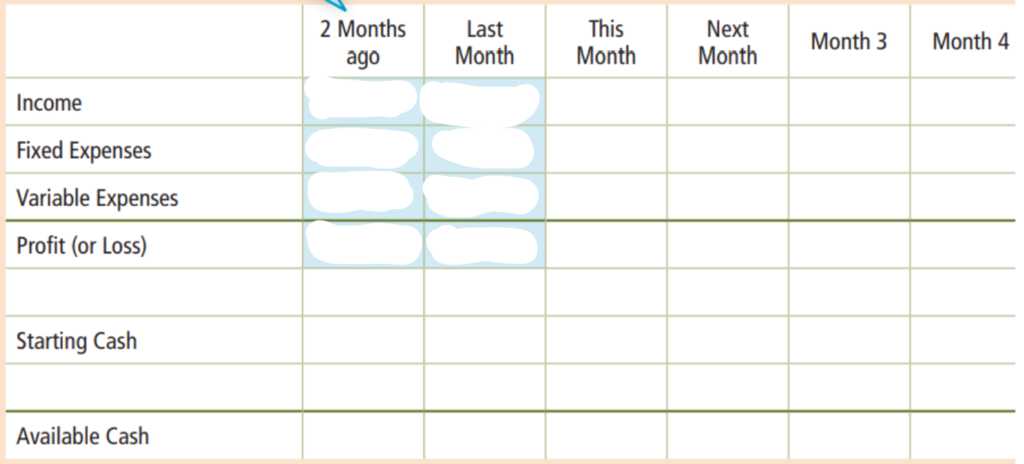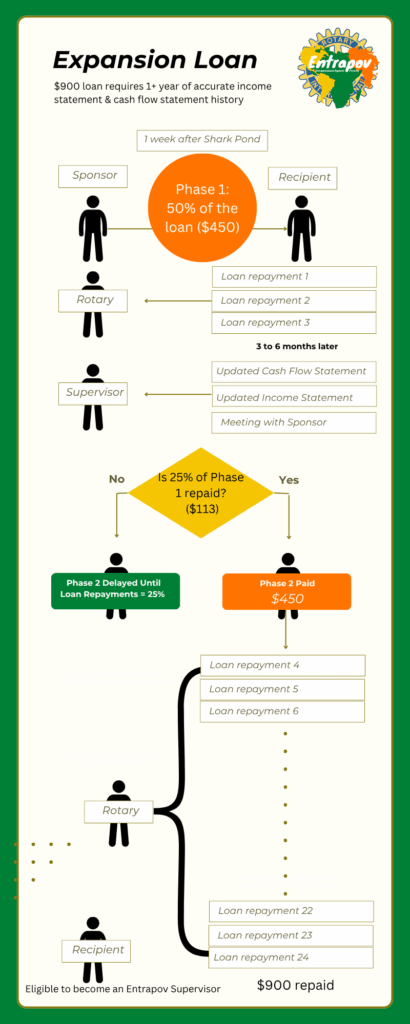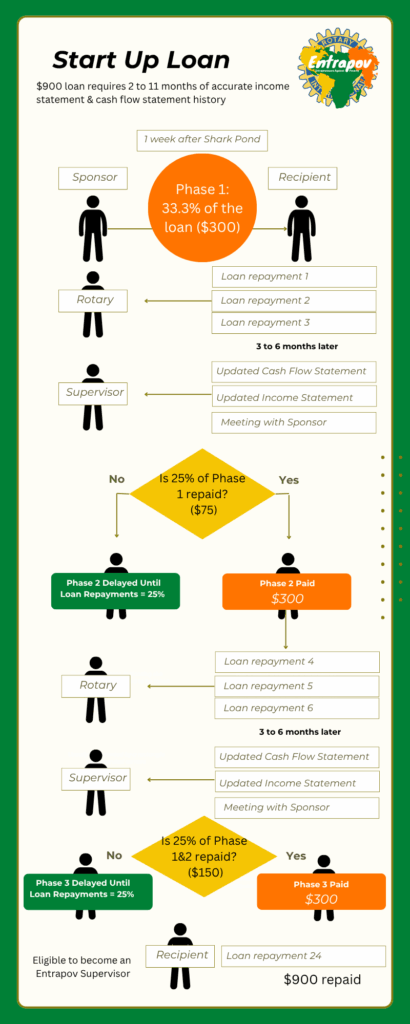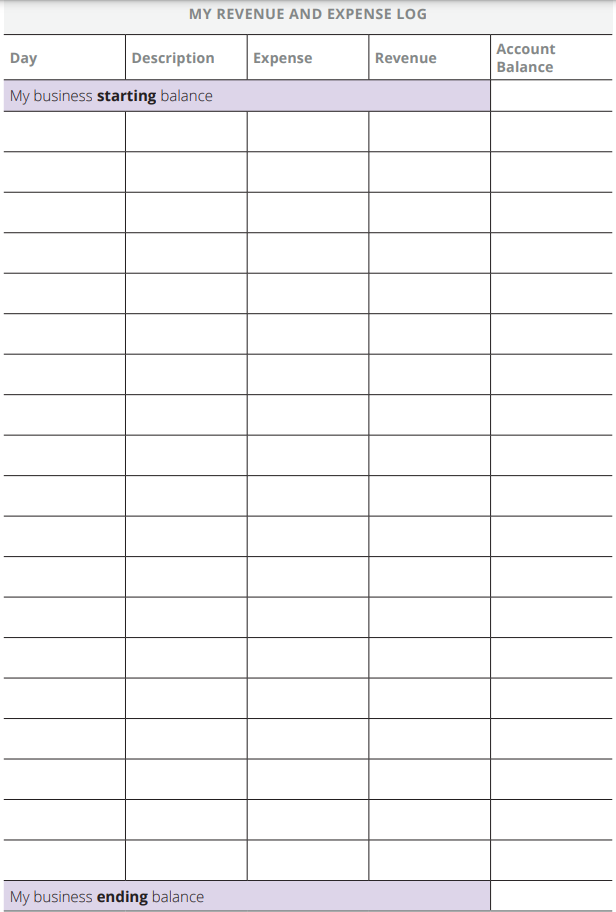
Watch the recorded training session from Feb 2025 HERE
Success Story: Julies Ventures offers quality, stones-free, nutritious local rice to consumers in the Greater Accra Region. The company uses a car to leverage what I call the “ice cream truck” sales model. The car is outfitted with a PA system to play ads for rice as they slowly drive through neighborhoods selling to clients who enjoy the convenience of not having to carry heavy bags of rice home from the market in a taxi. The company has faced many challenges from currency devaluation, increasing costs to buy rice from farmers, and car troubles. It forced the company to reduce its inventory (rice stock) from 35 bags to 5 bags in May 2023.
The company needed to quickly grow profit margins to build inventory. They implemented “bundle pricing” by selling cooking oil and rice together for one bundled price. Cooking oil is a high margin item, meaning that there is a lot of profit made in each sale. By requiring customers to purchase both oil and rice, Julie’s rice was able to increase profits without making their rice too expensive for customers to buy. They also negotiated with rice farmers to receive rice on credit (consignment) and pay after sales were made. This helped keep cash in their business rather than tying up all of their cash in inventory purchases.
Share with the group: What did you learn last week by writing a list of potential cash flow challenges that your business may face? What solutions have you thought of to overcome these cash flow challenges?
Read: Once your business has been successful for several months in delivering a profitable service or product, it could be ready for growth opportunities. Most business owners grow their business in one of three ways, as shown below.
EXPANDING MY SERVICES OR PRODUCTS
Read: One effective way to grow your business is by offering additional services or products that meet the needs of your best customers. New services and products create additional sales.
Read: Your ability to grow your business depends upon your personal savings. Successful business owners consistently save money. We have been taught to pay our tithes and offerings first. Then we pay ourselves by saving a portion of our money. Save money for emergencies and unplanned expenses. Savings provides peace of mind and the ability to grow your business. There are many ways to save money, but what is most important is to save money every week.
CUTTING UNNECESSARY COSTS
Read: To maintain a healthy profit margin, business owners must often learn to operate with relatively few resources. Successful business owners are frugal (thrifty) and good at determining which expenses are important and which are not. Sometimes they take bold action to keep their costs low.
Discuss: What approaches have worked best to help you save money consistently?
Activity: Create a cash flow statement for your business by filling in the chart below. You can also use an online template in Google Sheets if you’d prefer by clicking HERE.

Cash Flow Management Will Be Critical To Receiving A Loan From A Sponsor
Entrapov sponsors offer 2 loan types:
(1) Expansion Loan (requires 1+ year of accurate income statement and cash flow statement history). Expansion Loans are distributed in 2 phases, each phase equals 50% of the total $900 loan. Phase 2 can be released to the Receiver after 25% of the Phase 1 loan balance has been repaid and 3 additional months of financial statements have been reviewed to the satisfaction of the Sponsor and/or Entrapov.

(2) StartUp Loan (requires 2 to 11 months of accurate income statement and cash flow statement history). StartUp Loans are paid out in 3 phases, each phase equals 33.33% of the loan. Phase 2 can be released to the Receiver after 25% of the Phase 1 loan balance has been repaid and 3 additional months of financial statements have been reviewed to the satisfaction of the Sponsor and/or Entrapov. Phase 3 can be released to the Receiver after 25% of the Phase 2 loan balance has been repaid and 3 additional months of financial statements have been reviewed to the satisfaction of the Sponsor and/or Entrapov.

MY COMMITMENTS
Ⓐ I will keep separate records for my business and personal money.
Ⓑ Decide how you will make sales to your potential customers this week. Create a plan to make more sales in the coming week than you have ever made before.
Ⓒ I will continue to use a revenue and expense log every day to track the sales and expenses from my business or the test products I am selling to learn more about the market and customers I plan to serve.
HOMEWORK:

